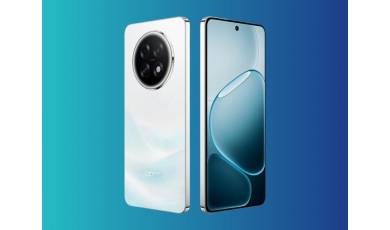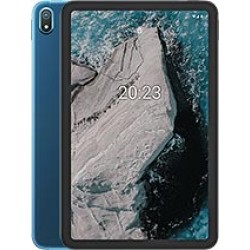Flash firmware on Nokia T20
Mobiles >> Nokia >> Nokia T20| Specifications | Reviews | Secret codes |
| Unlock phone | Root phone |
| Backup | Flash Firmware | Screenshot |
How to flash Nokia T20?
Why reinstall the firmware?
The operating system keeps getting errors.
Some installed applications do not open.
Many applications from the Play Market do not start.
The phone restarts or shuts down for no reason.
The phone began to work slowly.
You want to update the firmware, as it does not suit you in terms of functionality.
Where can I find the firmware?
On the official Internet resource of the phone manufacturer.
On specialized services on which various developers lay out custom or official OS.
What should be done before installing the firmware?
Create a backup copy of user data and transfer it to another medium.
Insert your SD card into your phone. It must have enough memory to fit the firmware.
Determine your smartphone model.
Fully charge your phone battery.
Download Firmware and Place it on the SD card.
Installing TWRP Recovery
Download the Official TWRP App from the Play Market. Download, install and launch the application..
When you start the application for the first time, you must agree to install a new firmware and all the risks associated with this, as well as agree to grant the application Superuser rights and click the 'OK' button.
After moving to the next screen, select the 'TWRP FLASH' item and provide the application with root rights.

On the main screen of the application, click 'Select Device', and find your phone model.
After selecting a device, the application will direct the user to a web page to download the appropriate modified recovery environment image file. Download the suggested *.img file.
When the file is loaded, you need to return to the main screen of the Official TWRP App and press the 'Select a file to flash' button. Select the file downloaded in the previous step.
Press the 'FLASH TO RECOVERY' button and confirm that you are ready to start the procedure - press 'OK' in the question window.
When the message 'Flash Completed Succsessfuly!' appears on the screen. Click the 'OK' button. The TWRP installation procedure is now complete.
Transfer the firmware and other necessary files to the SD card.
Insert a memory card into the device.
To reboot into recovery, you need to enter the menu accessible by pressing the button with three stripes in the upper left corner of the main screen of the application. Select the 'Reboot' item, and then click on the 'REBOOT RECOVERY' button. The phone will reboot into the recovery environment automatically..
Firmware via TWRP

Before flashing, it is recommended to clear the 'Cache' and 'Data' sections. This will delete all user data from the device, but avoid a wide range of software errors and other problems. You must press 'WIPE' on the main screen.
You can start flashing. Click the 'Install' button.

The file selection screen appears. At the very top there is a 'Storage' button for selecting an SD card.
Select the storage to which the files were copied. Press the OK button.

Find the file we need and click on it. A screen opens with a warning about possible negative consequences, as well as the item 'Zip signature verification'. This item should be checked by placing a cross in the check-box, which will avoid using damaged files when writing to the phone's memory sections.
The procedure for writing files to the phone's memory will begin, accompanied by logging and filling in the progress bar.
When the procedure for installing the firmware is completed, the message 'Successful' appears on the screen.
Summary: OS: Android 11; Chipset: Unisoc T610 (12 nm); CPU: Octa-core (2x1.8 GHz Cortex-A75 & 6x1.8 GHz Cortex-A55); GPU: Mali G52; Type: IPS LCD, 400 nits (typ); Screen Size: 10.4 inches, 307.9 cm 2 (~78.9% screen-to-body ratio); Resolution: 1200 x 2000 pixels, 5:3 ratio (~224 ppi density); Protection: Scratch-resistant glass; Card slot: microSDXC; Internal: 32GB 3GB RAM, 64GB 4GB RAM; Single camera: 8 MP, AF; Video: 1080p@30fps; Single camera: 5 MP; Video: Yes; Loudspeaker: Yes, with stereo speakers; 3.5mm jack: Yes; Sensors: Unspecified; Type: Li-Po 8200 mAh, non-removable; Charging: Charging 15W; Dimensions: 247.6 x 157.5 x 7.8 mm (9.75 x 6.20 x 0.31 in); Weight: 465 g (Wi-Fi), 470 g (LTE) (1.03 ...
Comments, questions and answers on the flash firmware Nokia T20
Ask a question about Nokia T20




